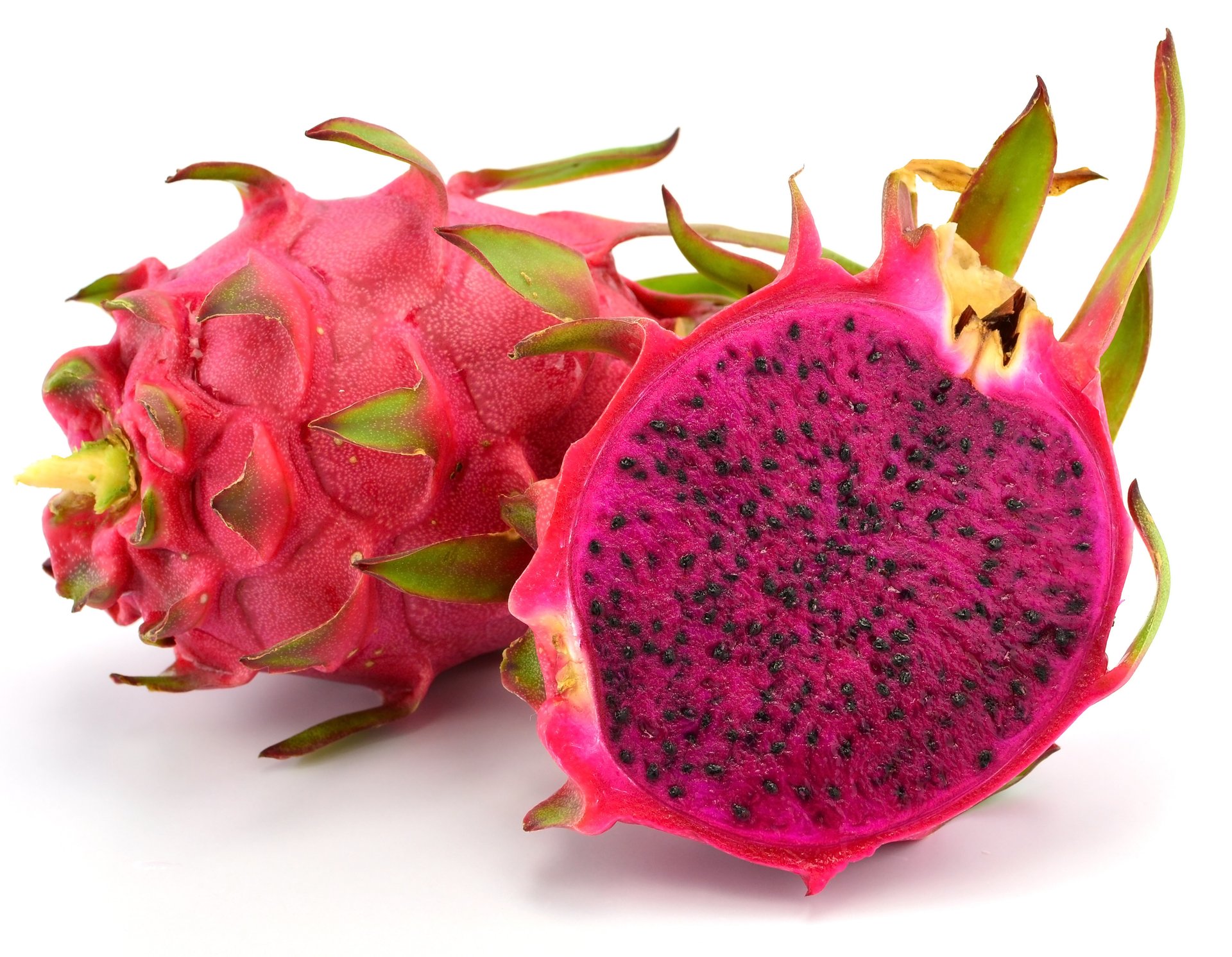dragon fruit price in bangladesh

dragon fruit price in bangladesh
- Basically A Comprehensive Analysis of Dragon Fruit Prices in Bangladesh
- Dragon fruit has become very famous in Bangladesh because of its colorful appearance and several health advantages.
- Previously regarded as an exotic import, it is now widely grown domestically,
- improving accessibility and lowering costs. The cost, accessibility, and market
A Brief Overview of Dragon Fruit
- Hylocereus, the scientific name for dragon fruit, is a tropical fruit with white or red flesh studded with tiny black seeds and
- an exterior skin that is bright pink or yellow.
- It has a somewhat sweet flavor and is frequently commended for having a high content of vitamins,
- minerals, and antioxidants. In the country of Bangladesh, demand for it is rising as is the awareness of its medicinal properties.
Present Trends in Prices
- Because more dragon fruit is being grown locally, its price has significantly decreased in Bangladesh in recent years.
- The current pricing trends are listed below:
- The price of imported dragon fruit used to be between
- 600 and 700 BDT per kilogram.
The geography, availability, and demand are some of the variables that could affect the price. - For example, during the busiest harvest seasons,
- the price may fall to as low as
- 150–200 BDT per kilogram
- in rural areas nearer producing zones.
The availability of the product in Bangladesh
- In Bangladesh, dragon fruit is now readily accessible due to the growth of indigenous agriculture.Local Markets: Farmers frequently offer fresh dragon fruit at local markets for less money.
Online Platforms: Dragon fruit is also available on e-commerce sites like Daraz and Chaldal, frequently with delivery choices. - The increased interest in growing this high-value crop among Bangladeshi farmers is the reason for the enhanced availability.
Local Cultivation’s Effect
- Because of its low water requirements and ability to flourish in the nation’s hot environment, the plant is a good choice for sustainable farming.
- Because local production has lessened reliance on imports, prices have decreased overall. Additionally, many farmers now make a good living from growing dragon fruit, which boosts jobs and the economy in rural areas.
Reaction from the Consumer
- A wider range of consumers can now purchase dragon fruit due to its rising affordability. but Health-conscious consumers have responded favorably to its distinct flavor and myriad health advantages, including enhanced immunity, better digestion, and healthier skin.
- Nonetheless, some customers still think dragon fruit is more costly than regionally cultivated fruits like bananas or mangoes. As supply levels increase and costs continue to decline, this attitude may shift.
Market Difficulties
- Notwithstanding its achievements, Bangladesh’s dragon fruit market confronts a number of difficulties:
- 1. Pest and Disease Management: Pests and diseases that impact yield are a common problem for farmers.
2. Market Fluctuations: Depending on supply and demand, prices might change dramatically.
3. Training and Knowledge: A lot of farmers lack the technical skills necessary to optimize quality and productivity. - To overcome these obstacles, government assistance, research, and training initiatives are essential.
Conclusion
- basically In Bangladesh, the dragon fruit industry has changed from being a luxury good to a staple that many people can now purchase.
- and declining cost. Dragon fruit has the potential to become a staple fruit
- in Bangladeshi domiciles and make a substantial contribution to the nation’s
- agricultural economy with sustained efforts in farming modernization and market management.
Share this content:



